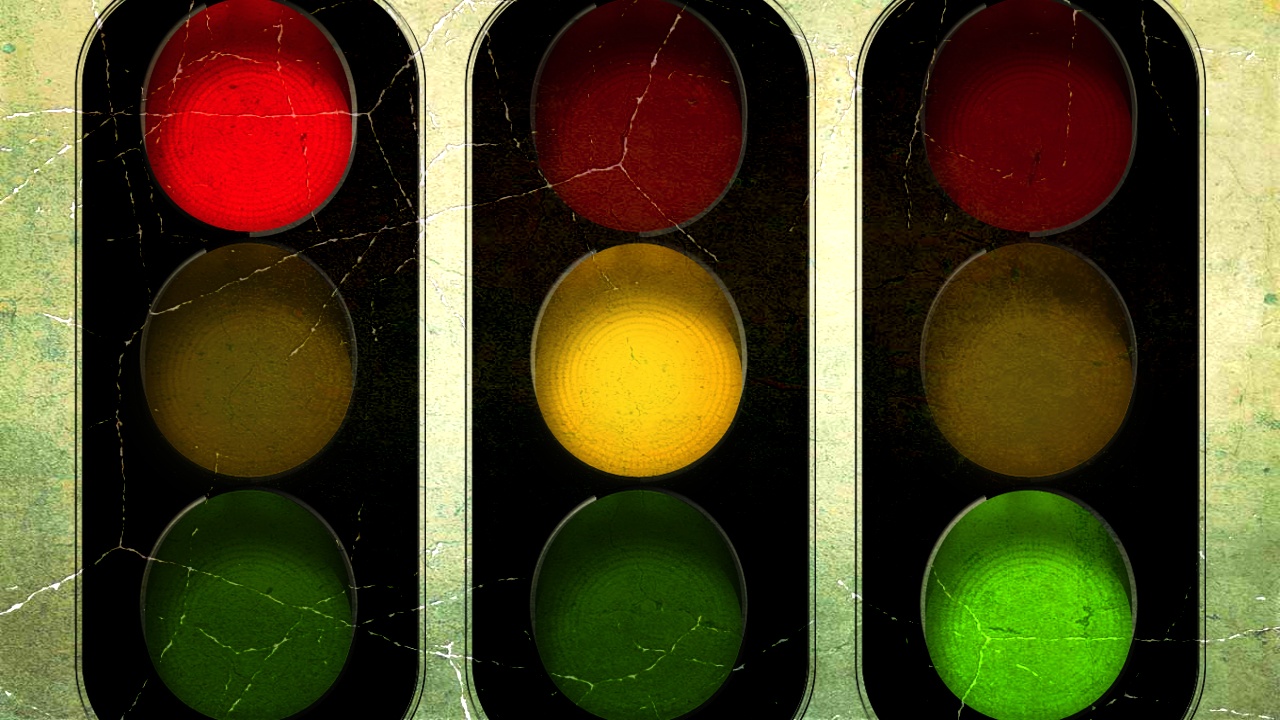Politicians seem to love what are called “red light cameras” — cameras that take pictures of cars that run red lights. And then ticket the registered owners.
Citizens? Not so much. I’ve reported how Tim Eyman — an activist who usually sets his sights on tax increases — orchestrated a citizen initiative petition campaign to get rid of the red light cameras in his town. There are many other such movements.
But those who habitually side with government don’t get it. They see the issue as the Washington Post editors see it, as “common sense. Police can’t be everywhere, and officers should not be diverted from high-crime areas to police every high-risk intersection.”
A new study from the Insurance Institute for Highway Safety backs up this “common sense” with, uh, science. Sort of. The study’s method has been attacked pretty thoroughly.
More importantly, as Radley Balko notes, there are better alternate policies — more effective in saving lives at intersections, and far less creepy.
Like what? you ask. Well, bear with me. It’s hard to understand: Longer yellow lights.
Yes. Longer yellow lights save lives. What a shock. And yet it turns out that when politicians have red light cameras installed, they tend to decrease the time of the yellows — the very opposite policy.
For our safety?
No.
For their revenue.
People who “go into politics” show their true colors when they prefer to pump up surveillance state powers instead of enacting simple, decent reforms.
This is Common Sense. I’m Paul Jacob.

6 replies on “Greenlighting Red Light Cameras?”
[…] Common Sense with Paul Jacob – Brought to You by Citizens in … […]
Where red light cameras are set up virtually everywhere and yellow light times are reduced(safety?) I agree something is amiss.
As a former 36 year veteran of the Denver, CO police dept., I see value — in terms of safety — for some red light cameras. Those would be in high traffic intersections where there is a proven history of accidents where red light running is a common factor. First, of course — no fooling with yellow light timing (please note that too long a yellow light encourages people to keep going rather than stopping).
Also, most major intersections in large cities also have an approximately 3 second “all red” delay to help clear the intersection and prevent accidents — the one thing which should be at the core of intersection control.
Perhaps a little more research would help clarify the matter more. Cities who use this technology pay someone else to provide the equipment and monitor it — and it isn’t exactly cheap.
Also, being a board member and speaker for LEAP, I see better value in reassigning police personnel from chasing the “dangerous” pot user to periodically monitoring violations at dangerous intersections as the need is proven by the accident history — targeted and useful traffic enforcement. It always worked in the past (albeit temporarily).
Maybe the communities do make some money on the cameras. So what? If the offenders have to pay a fine for running the red light, that’s fine with me. I don’t run red lights.
I go through an intersection with red light cameras nearly every day on my way to work. I have no problem with it. This was a dangerous intersection, and I confess that I’m a bit more careful knowing that there are cameras there. That’s not a bad thing.
As long as they are not being done on the sly, all one has to do to avoid being dinged is to obey the traffic rules.
Perhaps if they were at every intersection and the fines comprised a significant percentage of the city’s revenues I might think differently, but as practiced in my town they are benign.
[…] minor infractions to make the cameras pay. Worse yet, many municipalities with red-light cameras reduced their yellow-light durations after the cameras were installed. This, to increase the number of people nabbed, along with their […]
[…] diminish someone else’s equal right. Conversely, government is limited, facing red lights, and flashing yellows, from the […]